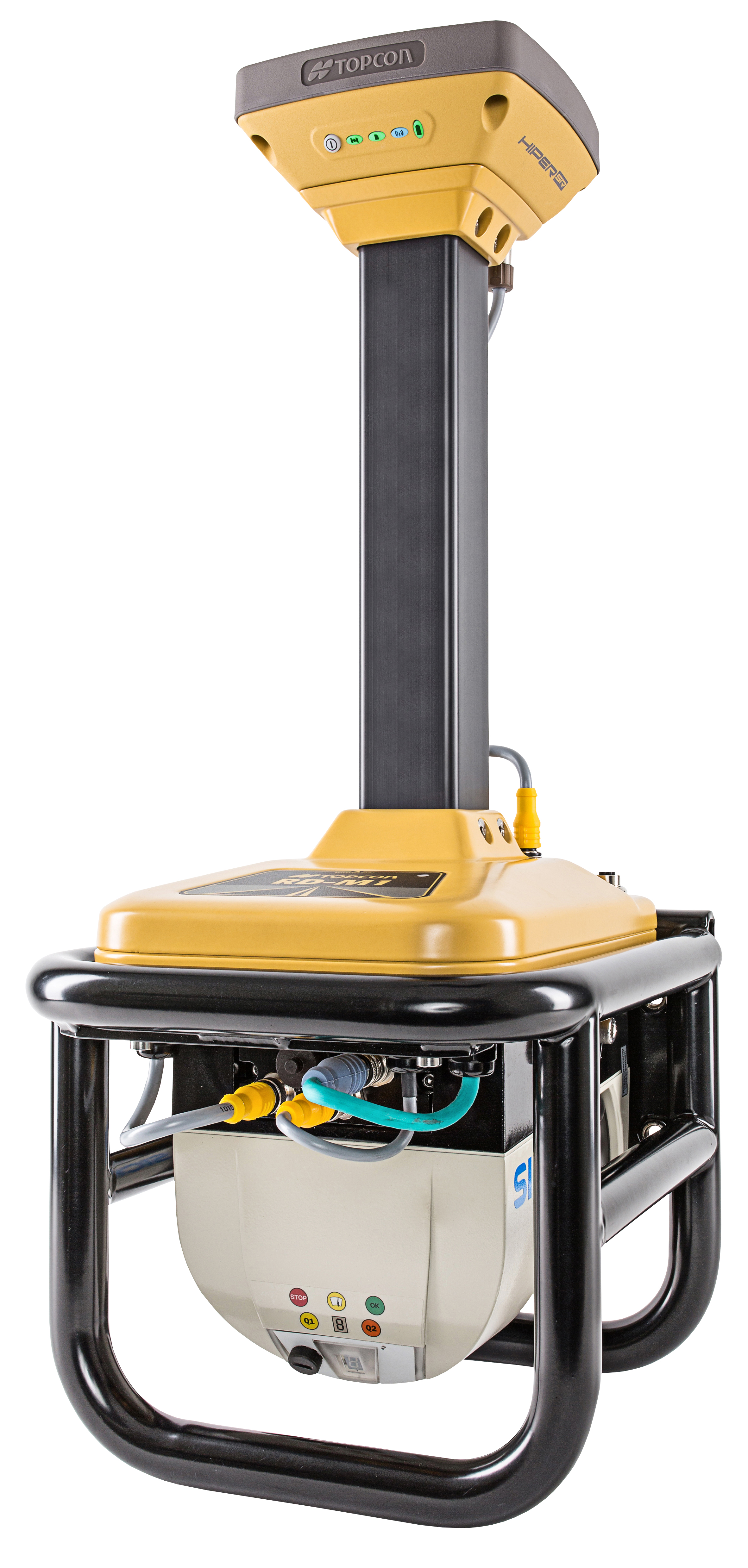Written by Simon Morris
Are you planning for your vacations? If yes then there are many cities or places where you can visit with your friends or family members. You shouldn’t choose a place on a random basis, so pay attention to some important factors to make your final decision. You can consider the option of California while selecting a place to visit in your vacations. Well, it is one of the most popular and beautiful destinations for tourists. By spending your vacations here, you can get unlimited fun and enjoyment. There are lots of things that you can do to make your vacations memorable and full of fun.
You may all know the fact that California is a U.S. state where you can see a lot of great things to get enjoyment. If you are a traveller, then the vibrant cities, beaches and parks of California will grab your attention. When you choose this destination, then it will help you to have an ultimate travelling experience. Many other opportunities are waiting for you in California. Well, these will also compel you to visit this place again and again. To know all about this beautiful destination, you should read the details that have been mentioned in the further paragraphs.
Fundamental First Aid
Be proactive to remain well. On the off chance that you do become ill, make a move to recover your wellbeing. (See my rundown of emergency treatment things to pack from home.)
Cerebral pains and Other Aches: Tylenol (or some other over-the-counter agony reliever) mitigates migraines, sore feet, sprains, wounds, Italian traffic, headaches, and numerous other minor issues. In case you’re getting it abroad, Europeans might be increasingly acquainted with the expression “paracetamol”.
Swelling: A bundle of solidified veggies functions as a shabby ice pack. In the event that your foot or leg is swollen, purchase or get a can and drench the influenced region in virus water, or sit on the edge of a cool pool. Take a mitigating medication like ibuprofen (Advil, Motrin). Utilize an Ace swathe to immobilize, diminish swelling, and offer help. It isn’t useful to “work out” a sprain — rather, cut back on exercises that could disturb the damage.
Fever: A high fever merits therapeutic consideration, especially for youngsters. On the off chance that your thermometer peruses 40°C, you’re bubbling at 104°F. You can utilize Tylenol to cut down a fever, alongside putting cold washcloths on your brow for help.
Colds: It’s enticing to go, go, and go while you’re in Europe — yet in the event that you drive yourself to the point of becoming ill, you’ve achieved nothing. Keep yourself sound and clean. In case you’re feeling run-down, register with a decent inn, rest soundly, and power liquids. (My trap amid the tumultuous scramble of TV generation is to suck on nutrient C with zinc tablets.) Stock each spot you remain with boxes of juice upon landing. Sudafed (pseudoephedrine) and other virus containers are normally accessible, however may not come in the same number of assortments.
Scraped areas: Clean scraped spots altogether with cleanser to forestall or control contamination. Gauzes help keep wounds clean however are not a substitute for cleaning. A bit of clean material can be sanitized by bubbling for 10 minutes or by singing with a match.
Exercise: Physically, travel is extraordinary living — sound sustenance, bunches of action, natural air, and every one of those stairs! In case you’re a habitually lazy person, endeavor to get fit as a fiddle before your outing by going for long strolls. Individuals who normally work out have a lot of alternatives for keeping fit as a fiddle while voyaging. Biking is an extraordinary method to consume a few calories — and get close with a goal. In spite of the fact that running isn’t as boundless in Europe for what it’s worth in the US, it’s not viewed as odd either. Voyaging sprinters can appreciate Europe from an uncommon viewpoint — at day break. Swimmers will find that Europe has a lot of good, reasonable open pools. Whatever your racket, in the event that you need to gravely enough, you’ll discover approaches to keep by and by as you travel. Most huge city private tennis and swim clubs welcome remote visitors for a little expense, which is a decent method to make companions just as remain fit.
Get enough rest: Expertise much rest you have to remain sound (for the most part 7–8 hours out of every night). In the event that I go over two evenings with less than six hours’ rest, I make it a need to get up to speed — regardless of how bustling I am. Else, I’m essentially ensured to get the wheezes.
Give yourself mental zip talks: Europe can do to specific voyagers what southern France did to Vincent van Gogh. Sentimental people can get the tangible curves, loyalists can get their banners consumed, and anybody can experience the ill effects of culture stun.
Europe isn’t especially awed by America or Americans. It will challenge givens that you constantly accepted that were over the trial of reason, and the vast majority of Europe in the city doesn’t generally think that much about what you, the authentic and social explorer, have held up so long to see.
Enjoy a reprieve from Europe, regardless of whether it’s a long, dull, cooled trek back to California in a cinema; a charming sit in an American international safe haven perusing room encompassed by birds, photographs of presidents, Time magazines, and different Yankees; or a visit to the campaign of a world-class lodging, where any trace of the conventional culture has been lost under a major business pail of intercontinental whitewash. It can do miracles to revive the battling voyager’s soul.
Let’s know more
There are many reasons why most of the people prefer to visit California with their friends and family members. If you know all about this popular destination, then you may also get encouraged to visit here. Well, this tourist destination offers lots of things for everyone, and it is the main reason why you should visit here instead of other destinations. California is a type of destination where you can visit with your family or friends to get relaxation.
It also offers many places that you can visit to enhance your travelling experience. You should also know about some famous cities in California. Well, these cities are listed below-
- San Francisco
- San Diego
- Los Angeles
- Napa
- Santa Barbara
- Berkeley
Plan your trip carefully
It is important to consider some beneficial tips before planning for your vacations in California. With the help of this, you can enhance your travelling experience and get some other benefits. When you visit this tourist destination, then you can also enjoy horse racing-related activities. In this way, you can come to know about the rules and other details. After visiting California, you will definitely fall in love with its various tourist attractions. Do not miss Cal Expo Racing on your trip.
You should find the trusted tour agents to plan your trip effortlessly. There are many other benefits that can be derived by getting help from these agents. Take your every step wisely while planning a trip to California.
Tourist attractions
No doubt, there are many places where you can visit if you are planning a trip to California. In order to know all about the tourist attractions in California, you should check out the details that have been underlined.
Well, the golden gate bridge is one of the popular places that you can visit in California. Most of the visitors prefer to visit this place due to numerous reasons. Well, this bridge is also known as the most popular bridge in all over the world.
You may all have heard about Disneyland that is also known as the most famous destination of California. It is a fantastic amusement park where you can get unlimited fun and enjoyment. In this park, you can enjoy numerous types of rides, shows as well as games.
- Universal Studio Hollywood
The most popular attractions in California also include the universal studio Hollywood. Well, it is a movie studio as well as an amusement park. If you are going to visit California with your friends or family, then it is must to visit the place. It is also a good vacation spot where you can enjoy with your family or friends.


